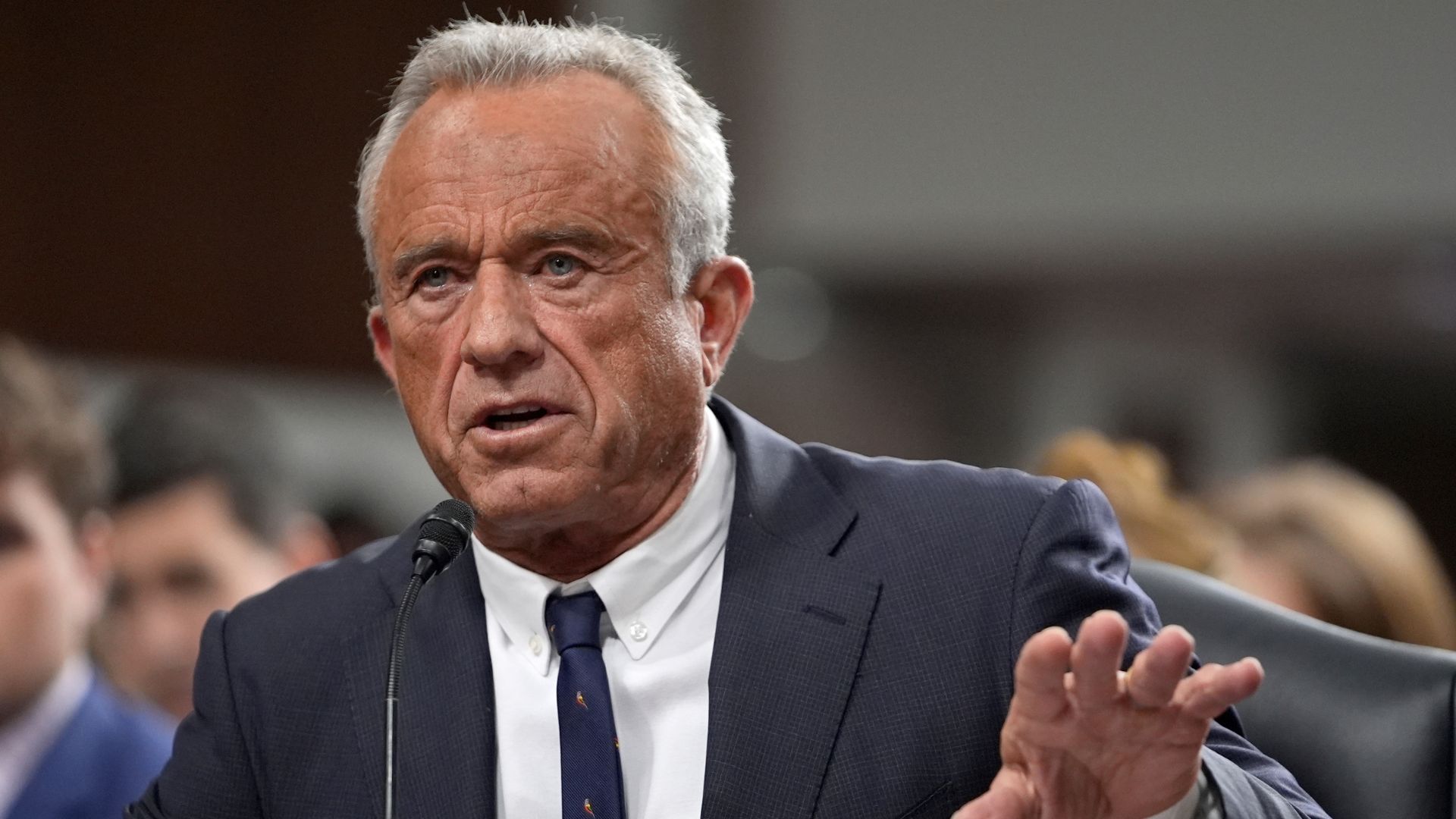We’ve all done it: You’re driving down the highway, observing the speed limit, but also making adjustments based on traffic, weather, or how late you’re running.
Now imagine your car automatically slowing you down, capping your speed regardless of what you direct. This isn’t science fiction. It’s the next move in the government’s campaign to control more of our lives, with the help of intelligent speed assistance, advanced cruise control, and vehicle-to-infrastructure systems.
The 12,000 annual deaths associated with speeding demand attention, but so does your right to choose how you drive.
With speeding linked to over 12,000 U.S. traffic deaths annually, regulators, automakers, and safety advocates argue that mandating this technology in all vehicles could save lives.
But the technology raises questions about cost, privacy, and how much control drivers should have.
Road fatalities on the rise
Here’s a look at what’s coming, the trade-offs, and what it means for your choices on the road. Based on what was passed in the last infrastructure bill, it’s not looking good.
In 2021, the National Highway Traffic Safety Administration reported that speeding contributed to 12,151 traffic deaths — about one in three fatal crashes. While other developed nations’ road fatalities have been going down, U.S. deaths have risen, with some calling it a national outlier.
Speed by itself is not dangerous, but combine that with distracted driving, inconsistent road conditions, and weather, and it can be a contributing factor to a major crash.
Regulators and safety groups are pushing technologies to address this, arguing that universal speed controls could prevent tragedies. However, drivers value the freedom to make their own decisions, and any solution must balance safety with choice.
Wouldn’t it be smarter to find out what other countries are doing to reduce their traffic deaths? The Autobahn in Germany has unlimited speeds. Is it possible that German drivers have better training than just teaching new drivers to pass the test? I think so.
Unwelcome ‘assistance’?
Let’s look at the specific technology.
Intelligent speed assistance uses GPS, digital maps, or cameras to detect speed limits and enforce them. It can warn drivers with beeps, resist accelerator pressure, or cap speed entirely.
A U.K. study associated a 37% drop in traffic deaths with ISA, and New York City’s pilot program reported 99% compliance among equipped vehicles. Europe has required ISA in all new cars since 2022, ranging from advisory alerts to mandatory caps.
In the U.S., the National Transportation Safety Board is eyeing ISA for all new cars by 2030, but no federal mandate exists yet. However, it is currently is being implemented by some states, including Virginia and New York State.
Some manufacturers are acting independently. Volvo has capped its vehicles at 112 mph since 2020, prioritizing safety over high-speed performance. Systems like Ford’s BlueCruise adjust speeds based on road signs, and similar features are appearing in premium models from GM and BMW.
California considered requiring speed alerts in new cars by 2030, but the proposal was vetoed amid concerns about driver pushback.
Bad communication
Vehicle-to-Infrastructure technology allows cars to communicate with road infrastructure, like traffic signals or school zone sensors, to adjust speeds automatically. Tests in Seattle and Orlando showed 25% less speeding in school zones, according to the U.S. Department of Transportation. This technology could reduce risks in high-traffic areas but requires significant investment in smart roads.
Adaptive cruise control is evolving to read speed limit signs and adjust speeds dynamically. A 2023 Insurance Institute for Highway Safety study found drivers using speed-aware ACC were 20% less likely to speed in urban areas. While common in luxury vehicles, this tech is expected to reach mainstream models, influencing driving habits across the board.
Advocates argue that speeding isn’t just a problem for reckless drivers — many exceed limits to keep up with traffic or save time. Safety groups like the National Safety Council compare speed controls to seatbelt mandates, which slashed deaths decades ago. Widespread controls could save 1,700 lives annually, reduce traffic congestion, and lower insurance costs, according to the Insurance Institute for Highway Safety.
Other nations have embraced speed controls with measurable results. Europe’s ISA mandate since 2022 has cut fatalities, with Sweden and the Netherlands reporting double-digit declines. Australia is testing mandatory limiters in government fleets, and Japan’s V2I trials have calmed urban traffic.
Unique challenges
These examples suggest speed controls can work, but the U.S. faces unique challenges, including a culture of independent driving and diverse road systems.
There is also doubt that the technology is ready for prime time. ISA depends on accurate speed limit data, and errors from bad weather or outdated maps can disrupt driving.
Privacy is another concern — systems that monitor speed will share data with insurers and likely law enforcement too, raising premiums and issuing tickets. The Insurance Institute for Highway Safety warns that insurers might penalize drivers who override speed controls.
Cost is a significant hurdle too. Retrofitting older cars with ISA could cost hundreds per vehicle, and while new cars would have the cost built in, not all drivers can afford recent models.
V2I requires billions in infrastructure upgrades, a tough sell for budget-strapped cities. Without federal standards, states are experimenting independently — New York runs ISA pilots, while California’s proposed law failed.
A patchwork approach
This patchwork approach creates inconsistency. Some also fear that speed-capped vehicles could frustrate aggressive drivers, potentially increasing road rage or tailgating.
Speed controls can affect every driver, regardless of habits. For those who value flexibility, technologies like ISA or V2I might feel restrictive, limiting the ability to adjust speed to conditions. Low-income drivers could face challenges if retrofitting becomes mandatory or if new cars with speed controls carry higher prices. But safer roads could lower insurance rates and ease traffic, benefiting everyone. The debate hinges on balancing safety with the freedom to drive as you choose.
Public perception is critical. Anecdotes highlight the human cost of speeding, but convincing drivers to accept less control requires clear benefits, and even then, good luck selling the idea to the public.
Federal incentives, such as tax breaks for vehicles with speed controls or funding for smart infrastructure, could encourage adoption. Pilot programs like New York’s ISA trial reduced hard braking by 36%, and Seattle’s V2I tests curbed school zone speeding.
But scaling up demands time and investment. The tech is not ready for the level of adoption regulators are talking about yet.
Other strategies
If universal speed controls raise too many concerns, other strategies could address speeding. Enhanced enforcement, like more speed cameras, could target high-risk areas without vehicle modifications, though it’s less comprehensive — and also a big violation of privacy and freedom.
Speed cameras are already in place in many cities, and they’re completely funded by the federal government. That means you’re paying your taxes to put in these cameras so that you can be fined if you speed.
Public education campaigns, similar to those against drunk driving, might shift attitudes toward speed compliance. Infrastructure improvements, such as clearer signage or traffic-calming designs, could naturally reduce speeding.
We’ve talked about road diets before; they reduce speeds but restrict traffic. These options preserve driver choice but may not match the impact of technology-driven solutions. All road diets actually do is frustrate drivers as they get to a point where they will either not use those roads or will pass across the center median.
A hybrid approach could work: voluntary ISA adoption with incentives, paired with targeted enforcement and better road designs. This balances safety with autonomy, letting drivers opt in while addressing high-risk behaviors. However, any solution must tackle funding, public support, and technical reliability to succeed.
Your right to choose
The 12,000 annual deaths associated with speeding demand attention, but so does your right to choose how you drive. Technologies like ISA, V2I, and advanced cruise control could save lives, but they come with costs, privacy risks, and limits on freedom.
Other countries have reduced fatalities with these tools, but the U.S. must navigate its own path, considering diverse drivers and budgets. Whether you prefer the open road or prioritize safety, these changes will shape your experience behind the wheel.
The push for speed controls is gaining momentum, with proposals like the National Transportation Safety Board’s 2030 ISA target. To stay informed, follow us and share your views with policymakers. What’s the right balance — safer roads or driver choice? Drop your thoughts in the comments, and let’s keep this discussion moving forward.
Read the full article here












![Country Music Artist Alexis Wilkins Refuses to ‘Bend the Knee’ to Industry Pressure of Removing American Flag [WATCH] Country Music Artist Alexis Wilkins Refuses to ‘Bend the Knee’ to Industry Pressure of Removing American Flag [WATCH]](https://www.boredtrashpanda.com/wp-content/uploads/2025/09/2025.09.19-01.24-boredtrashpanda-68cd59a14e869.jpg)